A. Institutional Setup of African RECs
The Instiutitonal Setup and Set of Legal Tools of African Regional Economic Communities
- Actors and Interests in the Genesis of the East African Political FederationHide
-
Prof. Alexander Makulilo, Rodrick Henry, and Prof. Alexander Stroh-Steckelberg
An Institutional Mission that Nobody Wants to Accomplish?
Actors and Interests in the Genesis of the East African Political Federation
Is the political federation of East Africa an institutional mission that nobody wants to fulfil? The long history of this aspiration suggests at least that fundamental challenges persist as much as the will to go forward with political integration in the region. This contribution identifies the political cycles taken by the project of deepening political integration in the East African region. It argues that these cycles followed a very similar logic since independence. There is little evidence that the political will has ever been strong enough to accomplish the mission. Hence, the question raises why the political federation has not disappeared from the regional agenda and why significant resources have been invested. Thus, this project unravels three specific questions:- Why the formation of political federation was negotiated and included in the EAC treaty?
- Did the admission of new Partner States and the fast-track initiatives bring about or express change in the interest configurations concerning political federation?
- How realistic is the accomplishment of the objective to form a political federation?
Since this project approaches regional integration from a political science perspective, it focusses on systematic historical analysis of institutional experiences and decision-making to explain interests and issues behind the political federation of East Africa. - Legal Constraints and Opportunities of the ‘Supranational’ and Inter-Governmental Organisation Models for African RECsHide
-
Prof. Khoti K. Kamanga
Legal Constraints and Opportunities of the ‘Supranational’ and Inter-Governmental Organisation Models for African RECs
International law accords states considerable leeway in the manner they choose to transact regarding matters of mutual interest. However, in respect of regional economic communities (RECs) three broad approaches seem to be inevitable. First, is that RECs have as their constitutive instrument, a multilateral treaty , Secondly, is the structured organization personifying the RECs spearheading the management and promotion of the RECs agenda. A third and related question which also confronts Partner States is whether the RECs should be structured on the model of a ‘supranational’ organisation (such as the European Union (EU), or turn towards the prevalent ‘Intergovernmental Organisation’ (IGO) model.
This sub-project wishes to suggest that one particular area which might reveal the Achilles Heel of African RECs, and thereby contribute towards designing the appropriate interventions, is the issue of the ‘intergovernmental organisation model’ spearheading RECs on the continent. The focus will be on the EAC and its sister REC, the Common Market for Eastern and Southern Africa (COMESA), since it is these two to which the majority of the six EAC Partner States are affiliated. - Examination of Decision-making Procedures of African RECsHide
-
Prof. Ilyayambwa Mwanawina
Examination of Decsion-making Procedures of African Regional Economic Communities (RECs), also Considering the Role of National Organs in Regional Decision-making Processes
The East African Community (EAC) is the regional inter-governmental organisation of the Republics of Burundi, Kenya, Rwanda, South Sudan, Uganda and the United Republic of Tanzania. Some of the fundamental principles that underpin the establishment and activities of the EAC are good governance, co-operation and mutual benefit. Article 9 of the Treaty establishes the Summit, Council, Co-ordination Committee, Sectoral Committees, the East African Court of Justice, East African Legislative Assembly and the Secretariat as organs responsible for the execution of various roles within the EAC. The Treaty demarcates executive roles from secretarial, legislative and judicial roles. This type of institutional setup is common to most African RECs such as SADC, CEN-SAD, COMESA and ECOWAS.
The question to be investigated in this sub-project is twofold: To what extent can we expect the separation of powers doctrine to be reflected in the architecture of African RECs? In terms of democratic governance, what is the level of cooperation between the legislative bodies at national level and REC level? What is the best model that African RECs should work towards?


